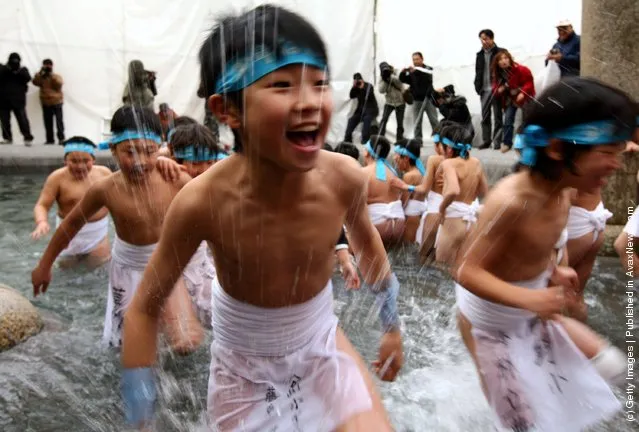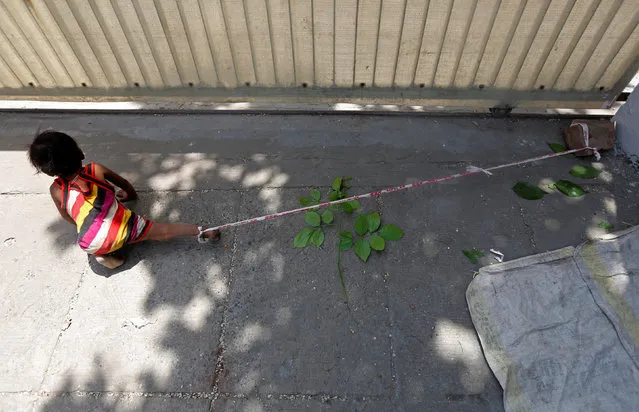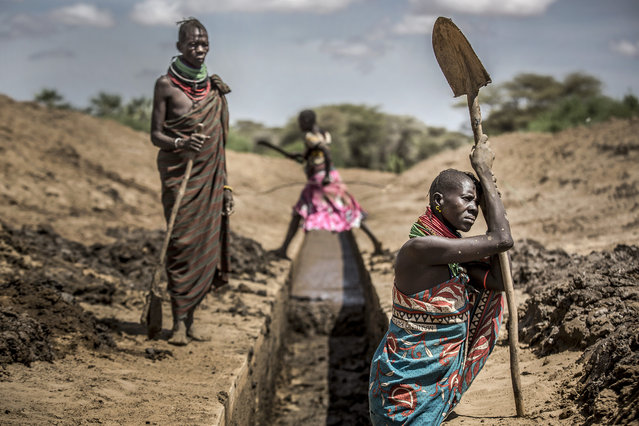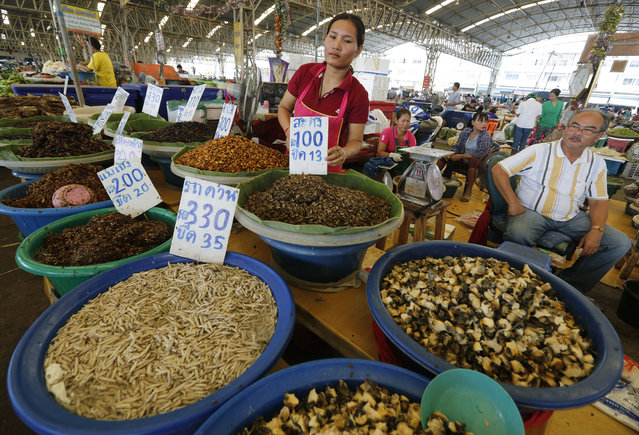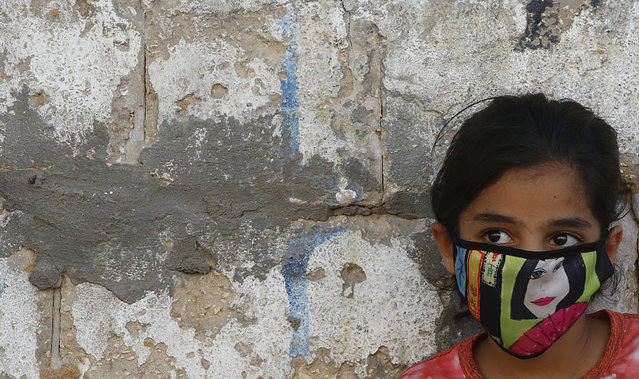
A Palestinian girl wear a face mask during a lockdown imposed following the discovery of coronavirus cases in the Gaza Strip, Thursday, August 27, 2020. On Wednesday Gaza's Hamas rulers extended a full lockdown in the Palestinian enclave for three more days as coronavirus cases climbed after the detection this week of the first community transmissions of the virus in the densely populated, blockaded territory. (Photo by Hatem Moussa/AP Photo)
29 Aug 2020 00:07:00,post received
0 comments

